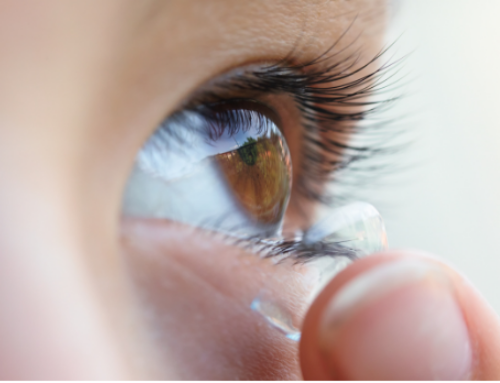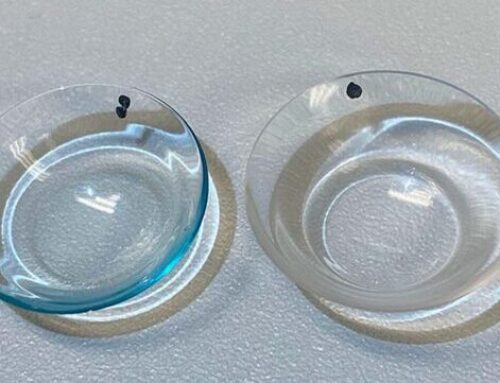This post is part of BostonSight’s archival content and was originally authored by Janice M. Epstein in April 2015. Some content has been updated to be current.
Reading is a critical life skill, essential for communicating with others, keeping up with the news, understanding instructions, succeeding at work, using a computer, or simply for enjoyment. Vision problems can seriously impede reading and make these necessary tasks extremely difficult and, in some cases, impossible.
BostonSight PROSETM patients with moderate to severe dry eye disease know firsthand the impact of their symptoms on their ability to read the printed word. In fact, a 2010 survey conducted by BostonSight found that 81% of survey respondents with severe dry eye reported difficulty reading regular print newspapers, magazines, or websites.
Dry eye contributes to problems with visual acuity but until recently most data with regard to the impact on reading has been self-reported by patients. In addition, the pain and photophobia (light-sensitivity) that result from dry eye also make reading a challenge. A study confirms what those who suffer from moderate to severe dry eye already experience: a direct correlation between reading speed and dry eye. These findings, published in the January 2013 issue of Optometry and Vision Science, showed that people with diagnosed dry eye disease read at slower rates than those without dry eye. In addition, reading speed decreased in direct relationship to the degree of dry eye disease severity.
These study findings suggest that evaluations of reading speed may serve as indicators of dry eye severity and could be used to monitor the degree to which medical treatments are benefiting each patient. In addition, when struggling with a chronic health condition such as dry eye, it’s important to have your symptoms and challenges validated by scientific research. Research that confirms patient-reported symptoms can lead to better management and treatment strategies for these conditions.
If you still struggle to read even with vision-correcting lenses and treatment for your eye health condition, you might look to technology for help. Digital tablets and e-readers may improve reading ability in those with low vision. Other assistive devices for low vision, such as magnifiers or screen readers, can also make reading easier.
Have you experienced more difficulty reading with increased dry eye symptoms? What strategies have most helped you to cope?


